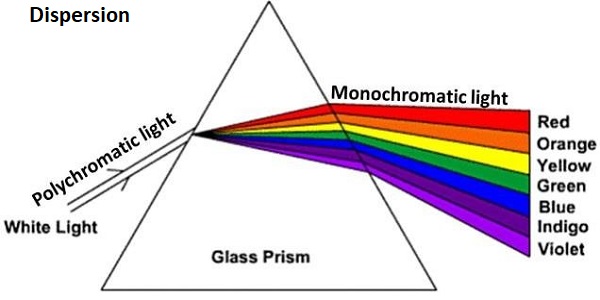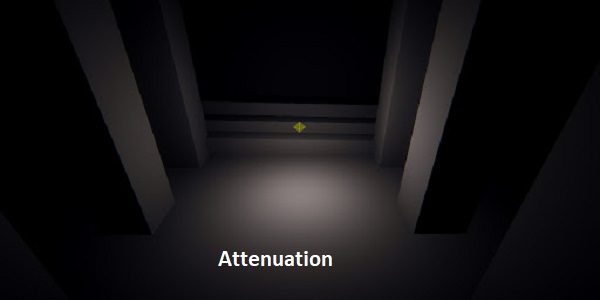Dispersion:

Dispersion, in wave motion, any phenomenon associated with the propagation of individual waves at speeds that depend on their wavelengths. Ocean waves, for example, move at speeds proportional to the square root of their wavelengths; these speeds vary from a few feet per second for ripples to hundreds of miles per hour for tsunamis. A wave of light has a speed in a transparent medium that varies inversely with the index of refraction (a measure of the angle by which the direction of a wave is changed as it moves from one medium into another). Any transparent medium—e.g., a glass prism—will cause an incident parallel beam of light to fan out according to the refractive index of the glass for each of the component wavelengths, or colours. Dispersion is sometimes called the separation of light into colours, an effect more properly called angular dispersion.
Attenuation:

Attenuation is the reduction in power of the light signal as it is transmitted. Attenuation is caused by passive media components, such as cables, cable splices, and connectors. Although attenuation is significantly lower for optical fiber than for other media, it still occurs in both multimode and single-mode transmission. An efficient optical data link must have enough light available to overcome attenuation.
